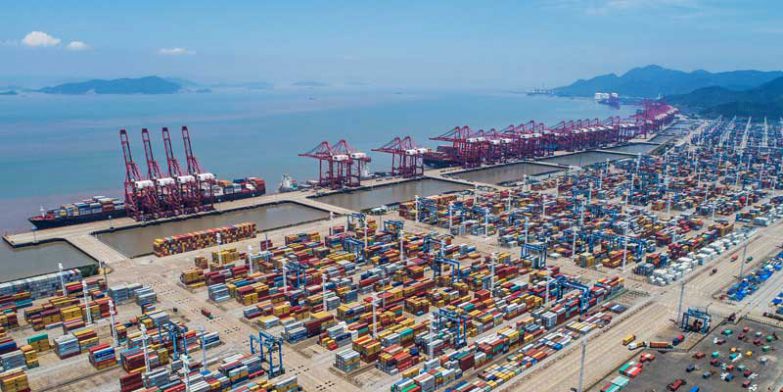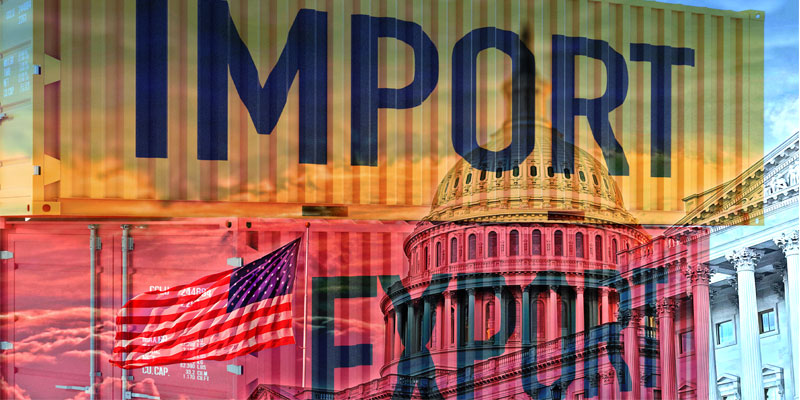
Ocean carriers are pulling back sharply on trans-Pacific services as US tariff deadlines loom, leaving the market facing a quieter-than-expected second half of the year.
With most pre-tariff shipments from China already on the water, and Southeast Asia demand fading earlier than expected, carriers are bracing for a prolonged lull through the remainder of summer.
Roughly 11% of capacity on Asia–US West Coast routes will be withdrawn in July, a noticeable increase from around 9% blanked in June. This pullback amounts to over 170,000 TEUs of canceled sailings, reflecting the end of the pre-tariff rush and weaker market fundamentals.
The shipping slowdown is tightly linked to two key deadlines: an August 1 cutoff for shipments from much of Asia, and an August 12 deadline when new US tariffs on Chinese goods take effect without a trade resolution. While Chinese exporters have continued pushing out last-minute cargo, demand from Vietnam, Thailand, Malaysia, and neighboring markets has already evaporated, leaving no surge in volumes from those origins since June.
The capacity cuts are widespread, affecting both niche express services and large mainline operators. OOCL has canceled multiple July sailings on its Pacific South China Express, limiting eastbound calls largely to Shanghai and Yantian. Smaller carriers like CU Lines and SeaLead have blanked several July departures, while global players such as CMA CGM, Cosco Shipping, and the Premier Alliance have all pulled back eastbound sailings.
Muted Outlook for Peak Season
Heading into late summer many importers have stocked up ahead of tariff deadlines, with soft demand anticipated from August through December, regardless of whether tariffs are ultimately imposed or rolled back.
Carriers had hoped that aggressive blank sailings would tighten the market and stabilise spot rates. However, reports suggest that competitive discounting is already underway, undercutting efforts to shore up the balance between supply and demand.
Market indicators reflect this softness, with slight week-on-week declines and continued downward pressure expected into the autumn shipping season. Despite capacity reductions, the lack of a meaningful demand rebound suggests rates will stay under strain in the months ahead.
In short, without a surge in new orders or a last-minute trade breakthrough, carriers and shippers alike are preparing for a subdued finish to the year — one driven less by geopolitical drama and more by high inventory levels and softening consumer demand.
Our flexible, reliable, and cost-effective sea freight solutions are tailored to your needs. Our expert team is here to help you optimise routes, control costs, and deliver on time — every time.





